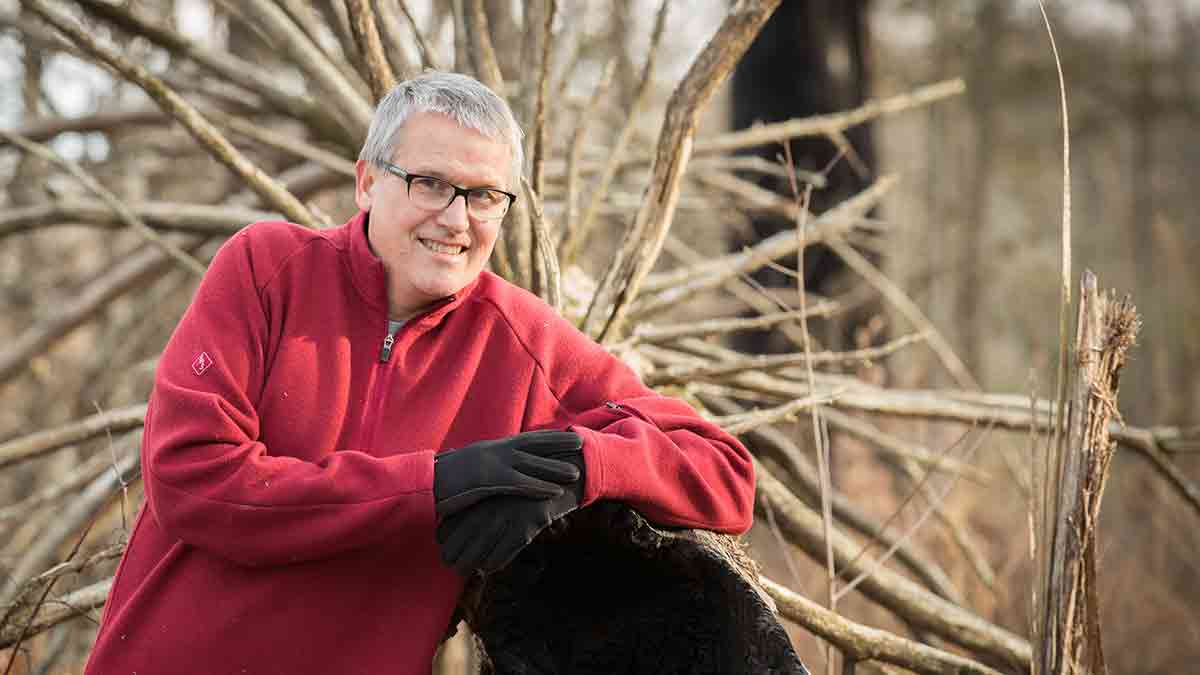When you’ve worn a hole in your favorite shirt, is it environmentally safe to pitch it in the garbage?
Dr. Alexander Wait, biology professor at Missouri State University, looks at questions like this. He’s studying how nanomaterials – which are present in technology, cosmetics, pharmaceuticals and clothing – affect the environment once they’re disposed of.
Mustard and moths
“With an estimated 100,000 tons of waste in the landfill containing nanomaterials, this research of engineered nanoparticles in the environment is growing in importance,” Wait said.
He found that plants can grow in soil that contains nanomaterials without much effect on their size or life cycle. Animals that feed on those plants, however, don’t grow as well due to the diminished quality of food. More startling, though? The animals’ reproductive rates were slashed by 50 percent.
The experiment
To understand the impact, Wait grew plants in soil mixed with engineered carbon nanotubes. Then he measured the plants’ physiological responses. He tested for an imbalance in the plants’ carbon and nitrogen ratio and watched for changes in photosynthesis.
Then Wait fed the plants to diamondback moths. Some of the moths directly ate the nanomaterials.
The silver tests
Wait and his team also conducted similar experiments using silver nanotubes, which are often found in antibiotics.
Even in the early stages of the experiment, it was obvious the silver nanotubes were having a much more detrimental impact.
“Silver kills bacteria, which is good,” Wait said. “We’re trying to find out at what concentration consumption is affected. Growth? Does it affect pupation? Does it affect survivorship?”
Setting the standard
Previous studies of how these nanoparticles decompose and affect plants – and the animals that feed on them – have yielded inconsistent results.
“There was a study that showed that if you put carbon nanotubes in the soil, you could increase the size of a melon like 20 or 30 percent. Others have shown that it’s toxic at the seedling stage, but the concentrations vary a lot,” said Wait.
Wait hopes these experiments establish a standard protocol for evaluating toxicity.

